National Cooperative Policy 2025–2045: A New Beginning for India’s Cooperative Sector
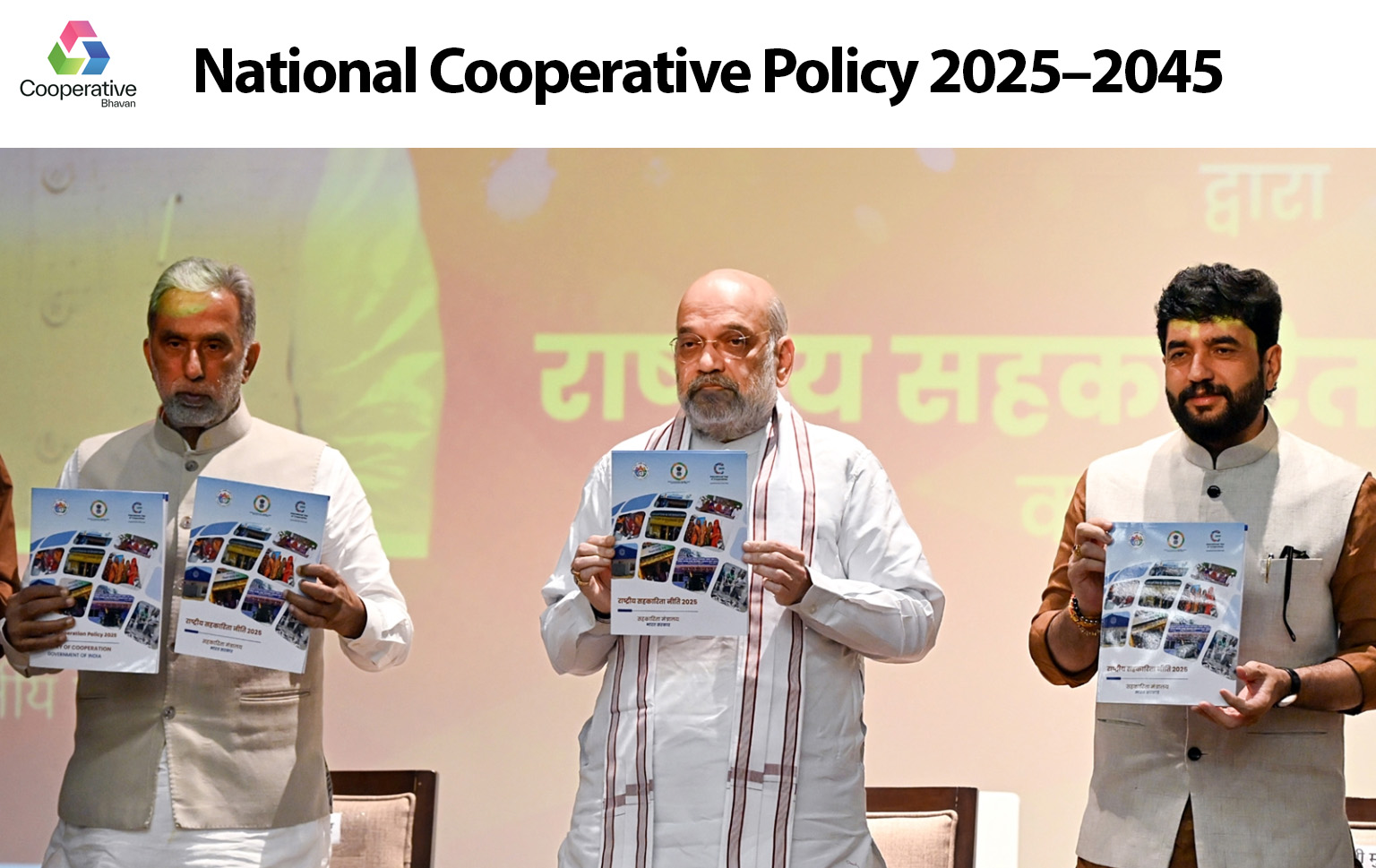
New Delhi, July 24, 2025 — Union Home Minister and Minister of Cooperation Amit Shah has launched the much-awaited National Cooperative Policy for 2025–2045. This is India’s first new cooperative policy in 23 years and is expected to bring big changes to how cooperatives work in the country.
Why Was a New Policy Needed?
The last cooperative policy was made in 2002. Over the years, a lot has changed — from how businesses work to the role of technology in rural development. The earlier policy couldn’t keep up. Amit Shah said this new policy is a “major step” for India’s cooperative movement for the next 20 years. Since the Ministry of Cooperation was formed in 2021, the government has been focusing more on making cooperatives stronger and more efficient.
Main Goals and Timelines
- Policy Period: 2025 to 2045, aiming to support India’s 2047 development goals.
- Cooperative in Every Village: The government plans to set up at least one cooperative in every village within 5 years.
- 2 Lakh New PACS: By February 2026, 2 lakh new Primary Agricultural Credit Societies (PACS) will be created.
- Membership Growth: By 2034, the goal is to have 50 crore active cooperative members and triple the sector’s contribution to India’s GDP.
Key Focus Areas (6 Pillars of Reform)
- Better Governance & Transparency
Hiring will be based on merit and qualification, not favoritism. Management will become more professional. - Digital Growth
Cooperatives and registrar offices will be digitalized for better transparency and faster services. - Training and Education
A new university called Tribhuvan Sahkari University will be launched to train people in cooperative management. Each state must have at least one affiliated training institute by January 2026. - Inclusive Development
Special efforts will be made to support small farmers, women, youth, and entrepreneurs through cooperatives in areas like dairy, fisheries, credit, and marketing. - Strengthening Institutions
New structures like NCEL, NCOL, and BBSSL will help manage cooperatives better. The government is also promoting the idea of cooperation among cooperatives. - Model Cooperative Villages
Each district will develop one model cooperative village, built around a PACS, to show what strong, well-run cooperatives can achieve.
How the Policy Will Be Implemented
- State Involvement: All states have been asked to create their own aligned policies by January 31, 2026.
- Monitoring & Evaluation: A National Steering Committee led by Amit Shah and a Monitoring Committee led by the Secretary of Cooperation will guide and review the implementation regularly.
Why This Policy Matters
This new policy is expected to make cooperatives a key part of India’s rural and economic development. Amit Shah explained that cooperatives are powerful because they let people with small amounts of money come together to create large, successful businesses.
India is also playing a leading role in the UN International Year of Cooperatives 2025, and this new policy supports that global leadership. From creating a separate ministry to setting up new institutions like the cooperative university, India is showing that “Sahkar se Samriddhi” (Prosperity through Cooperation) is more than a slogan — it’s a serious plan for national development.
The National Cooperative Policy 2025–2045 sets a clear roadmap to modernize India’s cooperative sector. With strong leadership from Amit Shah and dedicated government support, cooperatives are now seen as a key part of building a developed India by 2047. The next 20 years will be about turning these bold ideas into reality across villages, states, and sectors.




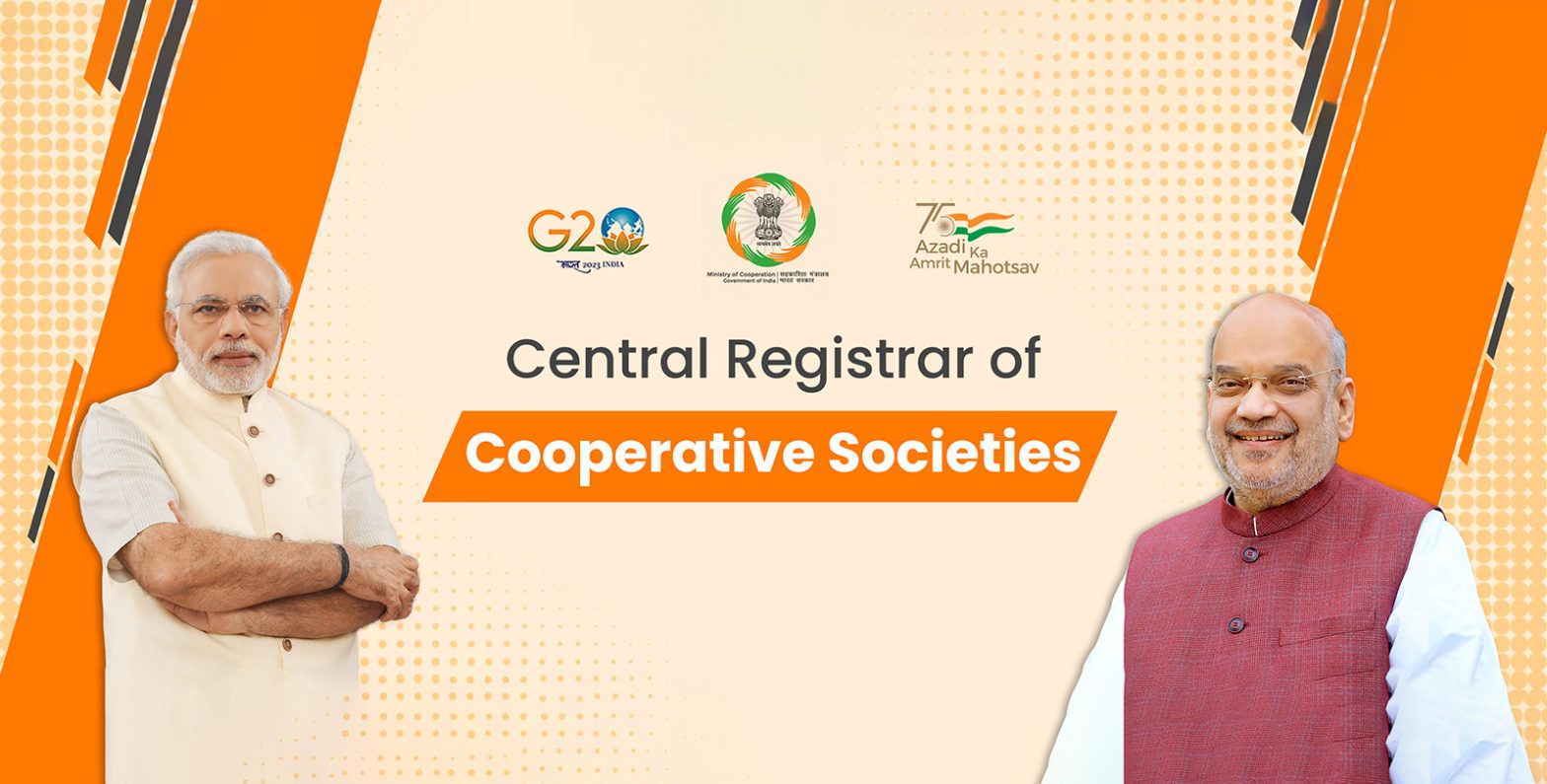




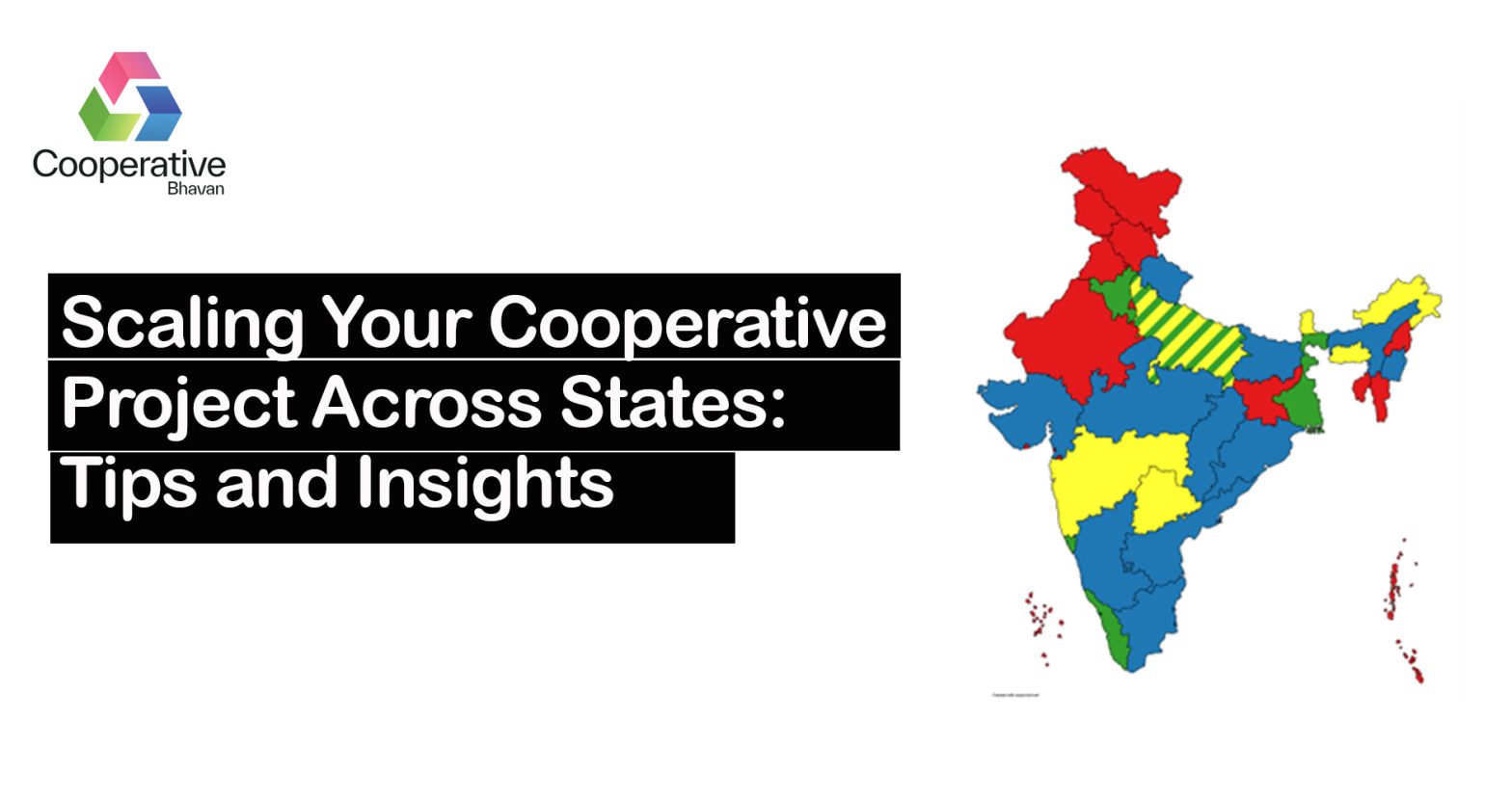
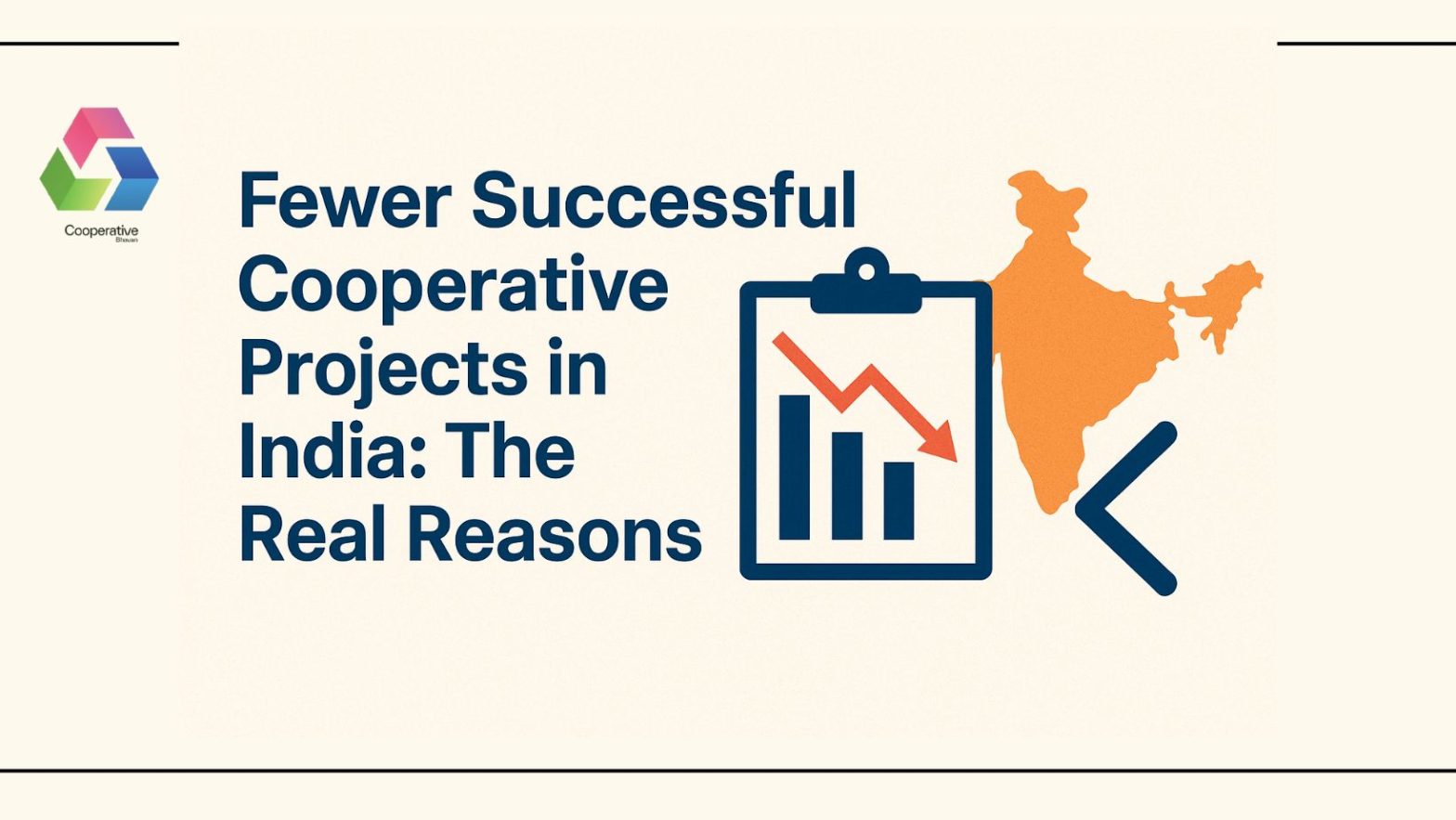











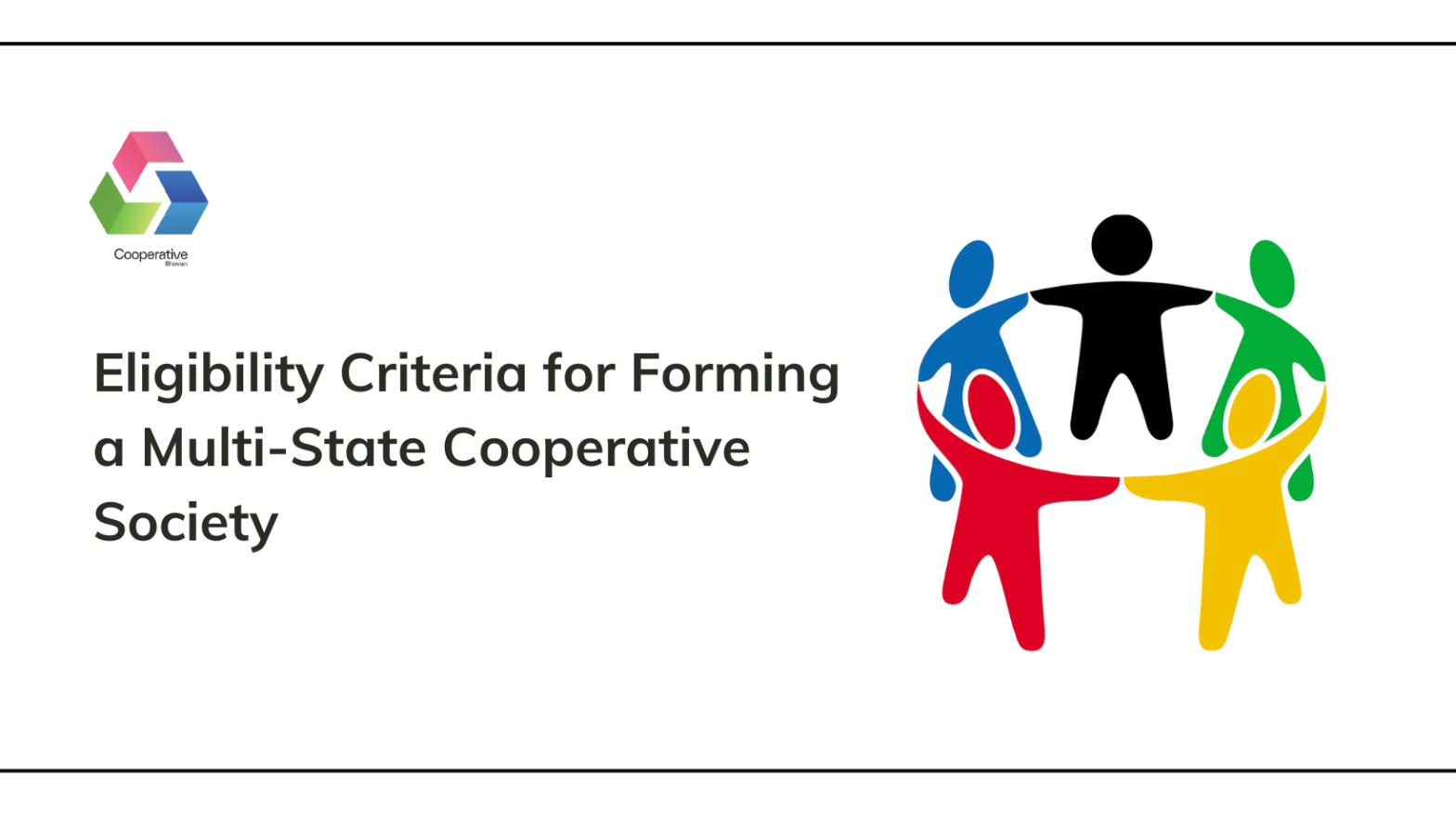







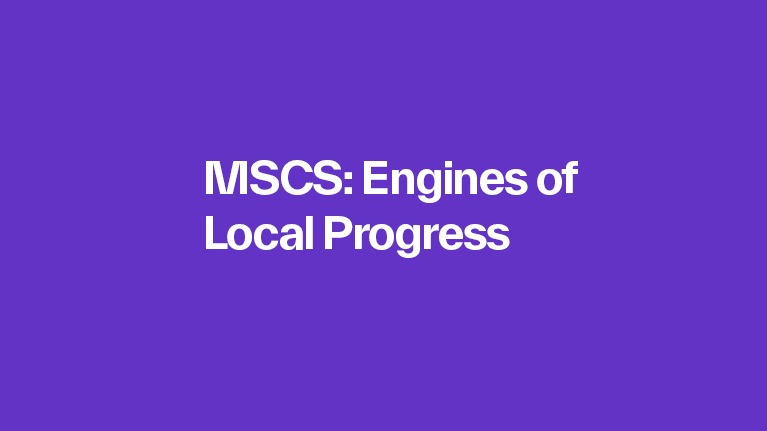




 Mail
Mail  Booking
Booking
 Call
Call